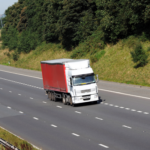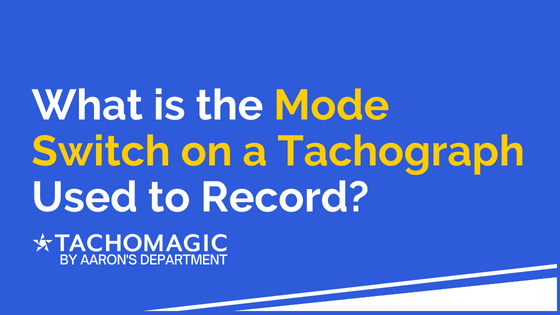Table of Contents
What is the Mode Switch on a Tachograph Used to Record?
The tachograph mode switch is an essential feature in HGVs and PSVs. Tachographs record Drivers' activities, so that Transport Managers and enforcement authorities can work out whether the rules are being followed. But how does the tachograph know what activities the Driver has performed? That's where the tacho mode switch comes in. There are 4 modes that can be selected:
- Driving Mode: Records any period of time that the vehicle is in motion. This mode activates automatically, with no input from the Driver.
- Other Work Mode: Records activities other than driving, such as unloading, yard work, paperwork, etc.
- Period of Availability Mode: Logs periods when the driver is available for work but not actually doing any work. This is chiefly used for periods of waiting, such as when a vehicle is being unloaded.
- Rest/Break Mode: Tracks Rest periods and breaks to ensure drivers comply with mandatory Break & Rest requirements.

Importance of Accurate Mode Switch Usage
Proper use of the mode switch on a tachograph is vital for accurate record-keeping. Incorrectly logged activities can lead to regulatory breaches, potential fines, and increased risk of driver fatigue. Hence, understanding what is the mode switch on a tachograph used to record is fundamental for both drivers and fleet operators.
Types of Tachographs
There are two main types of tachographs: analogue and digital. Both record the same modes, but the method of storage for the data is different:
- Analogue Tachographs: These use paper charts to record data. Each type of activity is marked by different symbols on the chart. Some of the oldest analogue tachos need to be put into Drive mode manually.
- Digital Tachographs: Store data on driver cards and the vehicle unit, providing more precise and easily accessible data.
Regulatory Compliance
In the UK, all commercial vehicles over 3.5 tonnes or those carrying more than nine passengers (broadly speaking, in practice there are a lot of exemptions to these rules) are required by law to use a tachograph to record driving hours and activities. Correct & accurate use of the tachograph mode switch is vital, since not doing so would put the driver and potentially the employer in breach of UK and EU regulations.

Practical Usage of the Mode Switch
- Starting the Shift:
- when a driver first inserts their card into the tachograph, they will be invited to provide a "manual entry" of their activities since the card was last withdrawn.
- When beginning a shift, drivers should select the appropriate mode based on their initial activity. If starting with vehicle checks (which will probably be the case!) or loading, the Other Work mode should be selected. This ensures all work-related activities are accurately recorded from the outset.
- During the Shift: Drivers must manually switch between modes as their activities change. For instance, when taking a break, the tachograph mode switch must be set to the Rest/Break mode.
- Ending the Shift: Once the shift is over and the Driver has stopped working, they should withdraw their Driver Card. If any Other Work takes place in between then and the next time the Driver Card is inserted, this can be represented by a manual entry next time it's inserted.
What Mode Switch Do You Select When You First Start Your Shift?
The mode switch you select when you first start your shift is crucial for accurate recording. Typically, if the driver begins with tasks like vehicle inspection or loading, the "Other Work" mode should be selected. Once driving begins, the tachograph will automatically switch to the driving mode.

FAQs
Q: What is the mode switch on a tachograph used to record?
A: The mode switch on a tachograph is used to record the 4 main tachograph activities: Driving, Other Work, Periods of Availability, and Rest/Break.
Q: Why is the tachograph mode switch important?
A: It ensures that all activities are accurately logged, which is essential for regulatory compliance and driver safety.
Q: What mode switch do you select when you first start your shift?
A: The "Other Work" mode should be selected if starting with tasks like vehicle inspection or loading. In almost all cases, Drivers are legally required to perform a vehicle walkaround check before setting off, so starting with Other Work is common.
Summary: What is the Mode Switch on a Tachograph Used to Record?
Understanding what is the mode switch on a tachograph used to record is essential for drivers and fleet operators. By using the mode switch correctly, drivers can ensure compliance with legal requirements, enhance road safety, and maintain efficient operations.
Accurate logging of all activities using the tachograph mode switch reduces the chances for Drivers to accidentally rack up infringements, and keeps organisations compliant with UK and EU tacho regulations.
What is the Mode Switch on a Tachograph Used to Record? Further Reading:
If you've found our post, "What is the Mode Switch on a Tachograph Used to Record?" useful, you may also find the following posts helpful:
- Can you take a break in a moving vehicle?
- Tacho rules for double-manning
- How to record days off
About The Author

Simon Theaker
Simon has over 20 years of dealing with tachograph analysis, and the technologies involved.
His in-depth knowledge and hands-on experience have made him a key behind-the-scenes member of the TachoMagic team.
Through his blogs, Simon hopes to make the lives of Fleet Managers easier, as he shares the answers to some of the most common questions he has received.

